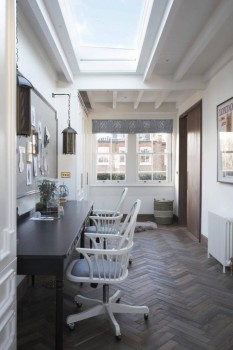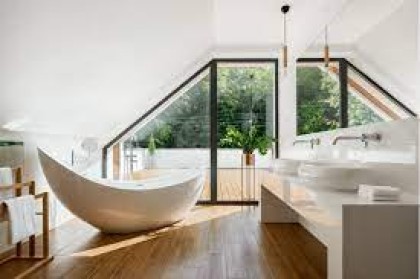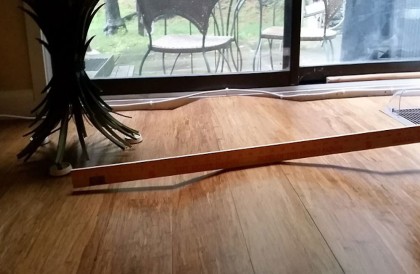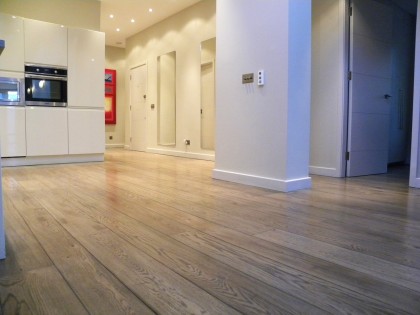Do I need to acclimatise my new wood floor.
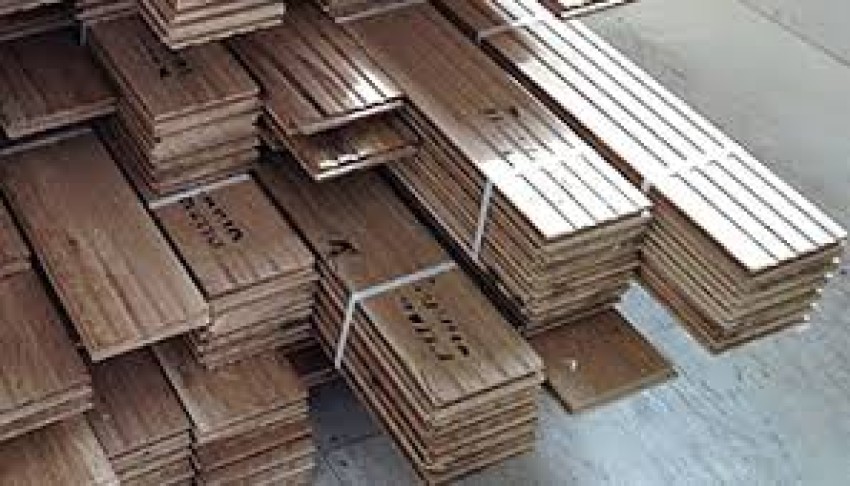
If you’re a DIY fan, then look away or print this article and burn it, because I'm going to upset most of you. A Wooden floor installation is not a DIY job, or average carpenters job, and for all those of you that think it is and are still reading this article, then let me ask you. Do you own a hygrometer ? No? Then you shouldn’t be installing a wooden floor. I know that some people reading this will have installed a wooden floor themselves and had no issues. Well,all I can say is that you were lucky. But it still doesn’t mean you did the job properly, and it doesn’t mean it won’t go wrong. And I'm not talking about how well you actually fitted the floor, I'm talking about whether you checked the moisture content of your subfloor, the moisture content of the wood on arrival to your home or site, the relative air humidity, and whether it needed acclimatisation. Boloney ? Read on.
In my early days of running Turgon, I made the terrible mistake of listening to ‘Arry and Steve’ know what I mean, who always came out with the same line ‘Yeahhhh, don’t worry mate, it’ll be sweet’ The only thing that was sweet was the day I fired these incompetent morons for impersonating professional floor fitters. They may have known how to bang a couple of boards together, and glue them together to make it look nice, but their lack of understanding of wood nearly landed me in court with a huge bill. First of all, you don’t need to guess whether a floor needs to acclimatise, it’s a science, and that science includes the use of a professional hygrometer. Now, I could go into waffle mode hear, and impress you with my dazzling array of knowledge on hygrometers, but the truth is, well, I don’t know THAT much, just enough to know that if one of our fitters ever installed a floor without using a hygrometer, then he would find himself nailed to one. Trust me, it doesn’t happen at Turgon.
The reason I'm not going to give you any techno babble is because I know you’re not going to buy a £600 hygrometer just to fit your own floor, and really, its too complicated. So, I asked our boffins at Turgon to give me a short simple piece on acclimatisation. I have of course re written it because quite frankly it just looked like algebra.
Engineered Wooden Floor.- A real engineered 3 layered constructed board should not be acclimatised, and should be fitted immediately after opening the box that it came in. The instructions will normally come in the box. If they don't, you should call the supplier and check. However, an engineered board is usually delivered in a shrink wrapped box with a moisture content of approx 6%-7%, and due to its construction and stability, should perform well under decent site conditions. Remember that your installer should always check the site conditions with a hygrometer on the day of installation.
Multilayered Wooden Floor – This is really where it can all go horribly wrong. These products are not truly engineered, as they are simply made from plywood and a single top layer of hardwood, which means they are not as stable, and the moisture content can vary hugely depending on the factory it was produced in. I can now refer back to ‘Arry & Steve’ because had these two clowns bothered to check the moisture content on arrival on the site where all hell broke loose, they would have found that the moisture content of the multi layered product was way to high. No problem, just acclimatise it, right ? Wrong. It cant be acclimatised, because during the manufacturing process, the moisture content between the plywood and the top layer wasn’t balanced. So no matter what you do, this product will split and develop fissure cracks.
Solid Wooden Floors.- These boards always need acclimatisation. How long ? Get a hygrometer and don’t rely on guess work..
So if two guys called Arry and Steve turn up to fit your floor and they still don’t have a hygrometer, direct them to the nearest circus. Or shoot them.

